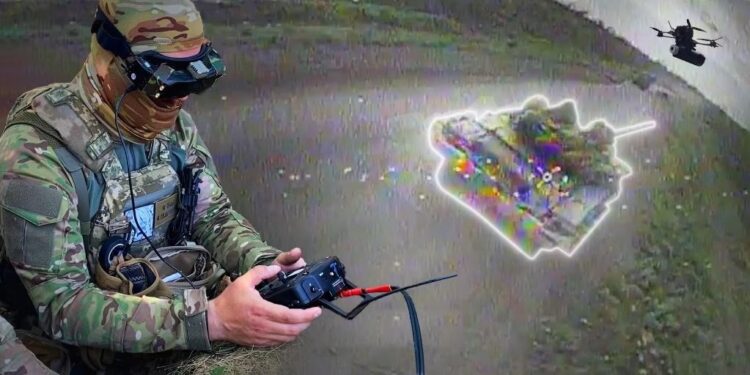
The ongoing conflict between Ukraine and Russia underscores the central role of drones in modern warfare. Drones have evolved into powerful tools for precision strikes, logistical support, and direct engagement. Their affordability, versatility, and ability to operate in swarms have turned them into formidable weapons capable of overwhelming traditional defence systems.
Ukraine has become a proving ground for drone technology and countermeasures. Over 5,000 drone strikes on Kherson since July have inflicted devastating consequences, resulting in 30 civilian deaths and over 400 injuries. Angela, a Kherson resident and survivor, described the grim reality: “They can see who they are killing. Is this how they want to fight?”
Ukraine's air defence network, supported by Advanced Digital FPGA technology, has been remarkably effective in detecting and neutralizing UAVs. This cutting-edge system has helped counteract numerous drone threats with precision and efficiency, showcasing some of the finest examples of anti-drone solutions. However, even these sophisticated systems face limitations against the evolving strategies of drone warfare.
The Challenge of Overloading Drone Attacks
Recent developments highlight a critical vulnerability: the use of drone swarms designed to overwhelm air defense systems. In a single record-breaking attack, Russia launched 188 drones overnight, targeting Ukrainian infrastructure. While Ukrainian forces intercepted 76 UAVs, many drones evaded detection due to active electronic warfare, inflicting significant damage on key facilities.
This tactic of saturating defenses with sheer numbers poses a dire challenge. Even the most Advanced Anti Drone Solutions can struggle to counteract such overwhelming force. As drone technology evolves, swarm tactics risk outpacing current defense capabilities, threatening devastating consequences for military and civilian targets alike.
Overcoming Overload: An Anti-Drone Solution Finally Emerges
In response to these challenges, innovative technologies are emerging to counter drone swarm attacks effectively. Among these is spoofing, a sophisticated method designed to neutralize large-scale drone attacks. Unlike traditional jamming methods that block signals, spoofing disrupts a drone’s navigation system by transmitting false signals, tricking UAVs into deviating from their intended paths or landing in secure locations.
Companies like Digital Meta Pte Ltd, a leading anti-drone solution provider in Singapore, are at the forefront of this innovation. Their I-Meta Spoofing Device represents a next-generation solution tailored for modern warfare. By combining omnidirectional and targeted applications, the device leverages radar technology to manipulate drone navigation with remarkable precision, allowing entire swarms to be neutralized effectively.
Spoofing technology works by transmitting decoy signals that mimic authentic navigation instructions. When integrated with radar, the system identifies the exact location of each drone, enabling operators to redirect it or render it ineffective. This capability to control drones remotely provides a decisive advantage in scenarios involving mass UAV assaults.
For situations where radar integration isn't feasible, portable spoofing devices offer a versatile alternative. These systems enable localized defense measures, making them indispensable in high-pressure, rapidly evolving combat scenarios. The adaptability and scalability of such solutions position them as critical components of any modern anti-drone defense strategy.
Preparing for the Future
The Ukraine-Russia conflict has exposed the devastating potential of drone warfare, emphasizing the urgency of robust countermeasures. The rise of swarm tactics has not only revealed vulnerabilities in advanced defense systems but also spurred innovation toward more effective solutions.
Spoofing technology, exemplified by companies like Singapore's Digital Meta Pte Ltd, offers a clear path forward. As a pioneer in anti-drone solutions, the company is leveraging cutting-edge advancements to address current threats while shaping the future of defense technology.
As nations adapt to this new era of warfare, such innovations will play a pivotal role in safeguarding infrastructure and saving lives on the battlefield. The crisis of drone overload is real, but so is the solution. The question now is whether the world is ready to embrace these technologies and secure its future.
For media inquiries, please contact at:
E-mail: digitalmetasg@gmail.com
Phone number: +447936845533
The post The Crisis of Drone Overload in War: An Anti-Drone Solution Finally Emerges appeared first on New York Tech Media.
© 2025 Benzinga.com. Benzinga does not provide investment advice. All rights reserved.
Trade confidently with insights and alerts from analyst ratings, free reports and breaking news that affects the stocks you care about.